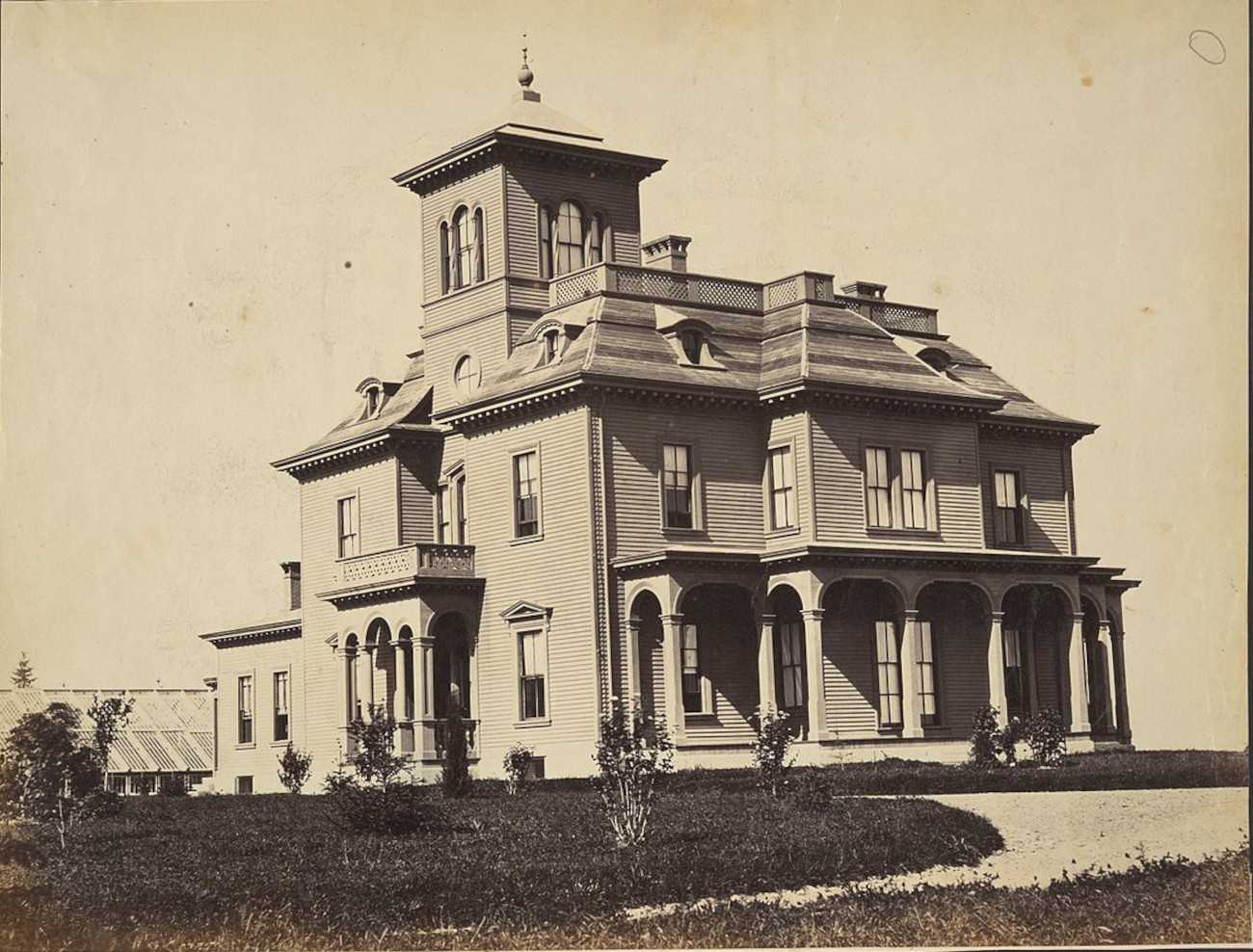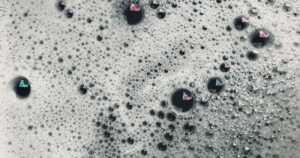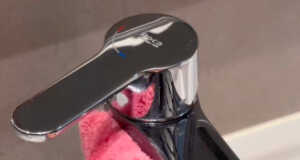Sitting high away from the rest of the town is a looming house. Narrow windows, gothic wooden details, and a sharp iron-laced widow’s walk juts up straight into the night sky – I think we can all imagine the classic image of a haunted Victorian-era house. But why is it this house, the Victorian house always associated with everything spooky, chilling, and creepy?

Essentially the Victorian house was the modular McMansion of yesteryear’s Gilded Age (around the 1870s, which was called the Victorian era in England). These houses were large ostentatious dwellings made for newly rich Americans.
Today, we may look for inspiration from other countries, but the Victorians went a little overkill, taking many aspects of European designs and building them all into a single house. Many architectural features mirror the gothic-style churches of medieval Europe and have a weird, copy-and-paste appearance. The Gilded Age’s Victorian houses were a crazy-quilt of architecture – mismatched towers, a mixture of sharp and round angles, and exteriors covered in patterned scalloped wood. One of the most famous Victorian features, the mansard roof, a slopped, exaggerated overextended roof, took inspiration from France’s Imperial era architecture.

But this style, which showed off the opulence of the rich, became defunct by the turn of the century. By the time the depression hit America, the Victorian homes which once housed one family, turned into boarding houses for many down-and-out families; and those houses that weren’t converted were left abandoned to rot. During these hard times, the Victorian changed, becoming a heavy regretful image of the past. These houses’ ornate features and colorful paint had deteriorated into neglect, representing the death of sorts. Compared to the industrial modernism and futuristic designs popular in 1920 and 1903s’ art deco, the Victorian style was perceived as bloated and overdone. A 1925 painting by Edward Hopper, depicting an abandoned Victorian house next to the modern railroad tracks, embodies this latter visual contrast, the Victorian house was left in the past.

An unsuspecting person, cartoonist Charles Addams, turned the public’s eyes back to the Victorian house. When Addams started drawing for the New Yorker, it was about an unconventional spooky family that lived against the grain, called the Addams Family. The comics started in the 30s, but it was only in 1945 that readers saw the actual house of the cartoon family – a dark Victorian mansion. Addams believed that the Victorian house was the perfect setting for this family, saying in an interview that the Victorian house was the place for a haunting. After this, the connection of dread, haunting, and horror was further connected in pulp gothic novels and famous movies like Alfred Hitchcock’s Psycho.

To this very day, the Victorian house as the haunted house is forever ingrained into the mainstream media. Even though the Victorian house is connected in a cute and fun image of classic horror books and shows, it’s still hard to shake off the heavy foreboding feeling and possible mystery that lay beyond the doors of these sorts of houses.












